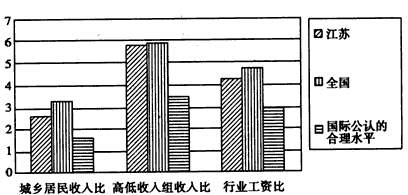Thomas Hardy’s impulses as a writer, all of which indulged in his novels, were numerous and divergent, and they did not always work together in harmony. Hardy was to some degree interested in exploring his characters’ psychologies, though impelled less by curiosity than by sympathy. Occasionally he felt the impulse to comedy (in all its detached coldness) as well as the impulse to farce, but he was more often inclined to see tragedy and record it. He was also inclined to literary realism in the several senses of that phrase; He wanted to describe ordinary human beings. He wanted to speculate on their dilemmas rationally (and, unfortunately even schematically); and he wanted to record precisely the material universe. Finally, he wanted to be more than a realist. He wanted to transcend what he considered to be the banality of solely recording things exactly and to express as well his awareness of the occult and the strange.
In his novels these various impulses were sacrificed to each other inevitably and often inevitably, because Hardy did not care in the way that novelists such as Flaubert or James learned, and therefore took paths of least resistance. Thus one impulse often surrendered to a fresher one and, unfortunately, instead of exacting a compromise, simply disappeared. A desire to throw over reality a light that never was might give way abruptly to the desire on the part of what we might consider a novelist scientist to record exactly and concretely the structure and texture of a flower.
In this instance, the new impulse was at least an energetic one. And thus its indulgence did not result in a relaxed style. But on other occasions Hardy abandoned a perilous risky and highly energizing impulse in favor of what was for him the fatally relaxing impulse to classify and schematize abstractly. When a relaxing impulse was indulged, the style--that sure index of an author’s literary worth--was certain to become verbose.
Hardy’s weakness derived from his apparent inability to control the comings and goings of these divergent impulses and from his unwillingness to cultivate and sustain the energetic and risky ones. He submitted of first one and then another, and the spirit blew where it listed; hence the unevenness of any one of his novels. His most controlled novel, Under the Greenwood Tree, prominently exhibits two different but reconcilable impulses--a desire to be a realist-historian and a desire to be a psychologist of love but the slight interlockings of plot are not enough to bind the two completely together. Thus even this book splits into two distinct parts.
The author mentions Hardy’s novel "Under the Greenwood Tree" to justify his comments on()
A. his awareness of profundity
B. his contrastive impulses
C.his tendency to compromise
D. his nonconformist image

